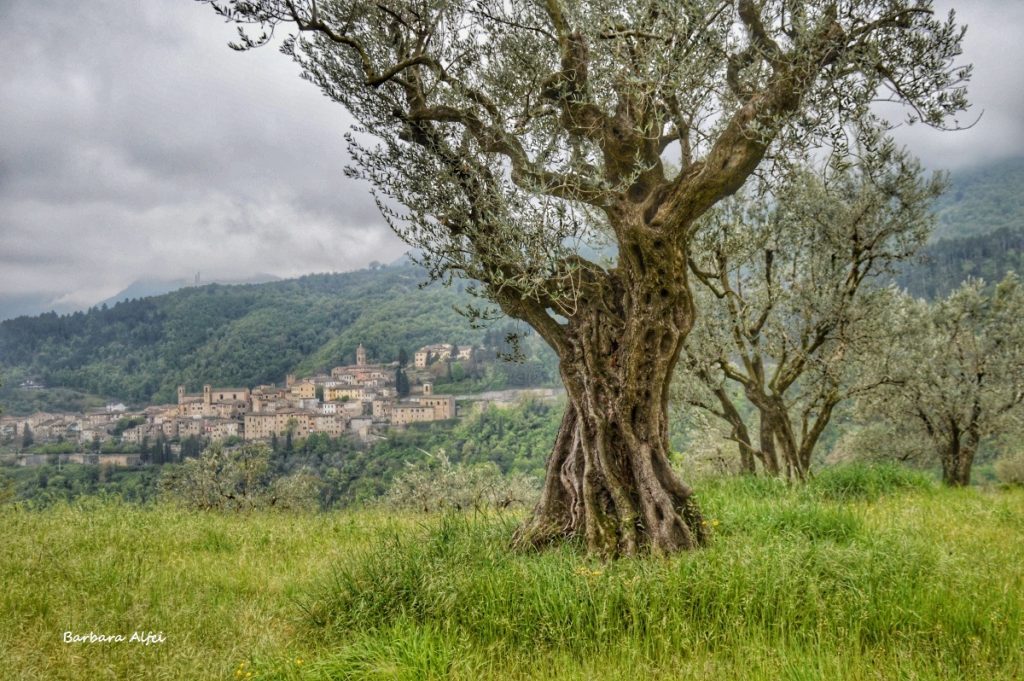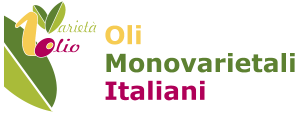The abundance of indigenous Italian olive germplasm, numbering over 800 cultivars andrising, guarantees the ongoing production of high quality extra virgin olive oils, thus contributing to the preservation of much of the ancient genetic biodiversity of the olive.
The Olea Europea species has maintained much of its genetic diversity as a result of limitedgenetic erosion. This is due to breeding programs of this species having begun relatively recently compared to those of other fruit species.

Knowledge and development of the characteristics of Italian monovarietal extra virgin olive oils will also lead to an improvement in knowledge of the areas where these oils are produced, in turn developing tourism, a crucial sector for the Italian economy.
In Italy, new regulation was recently introduced forcing virgin and extra virgin olive oil producers to indicate the location of both olive harvest and oil production. More recently the European Commission has established compulsory standards for the labelling of origin for extra virgin and virgin olive oils (Reg EC n.182/2009). The significant increase in demand for extra virgin olive oils is due not only to the health benefits it offers, but also to its organoleptic properties; the large number of Italian olive cultivars allows for the production of different monovarietal oils marked out by a wide range of pleasant flavours.
As the genotype of origin affects the chemical and sensory characteristics of extra virginolive oil deeply, the preservation and characterization of authocthonous cultivars and clonesplay a key role in the marketing of high quality olive oils.
Conservation of genetic resources for olives has important implications for both adaptationof the cultivars to their local environment and their agronomical performance under specific conditions. This also implies that every initiative to promote olive cultivation ought to take into consideration the local varieties and also that every region should preserve its own plant material to safeguard olive adaptation and productivity and to maintain the intrinsic characteristics of its olive oil which represent a deep connection with the territory of origin.
In the EU olive oils can be linked to the cultivar of origin and in turn to its area of production under the rules of the Protected Denominations of Origin (PDO) or of the European Protected Geographical Indication (PGI).
Several typical Italian extra virgin olive oils have qualified for PDO and PGI status, as many as 42 PDO and 1 PGI. Generally, these products are blends of different varieties according to the different cultivar percentage reported in the Product specification; some Italian PDO oils are obtained from the transformation of a single cultivar (monovarietal oils) for example the PDO Nostrana di Brisighella.
Italian olive cultivation is marked out by its extremely rich and varied varietal heritage. Animportant objective being pursued by every region is the protection and preservation of autochthonous Italian olive cultivars. This can be seen in the spread of regional varietal catalogs and also in the ongoing rise in the number of monovarietal olive oils taking part in the Italian National Review of Monovarietal olive oils as organized by ASSAM Marche.
In Italy this review serves to characterize monovarietal oils in terms of both chemical and sensory profiles. The organization of events, courses and forums involving olive farmers, crushers, consumers and catering operators has contributed to an improvement in the visibility of the market for Italian monovarietal olive oils. Studies into the quality of monovarietal oils increase the value of the product while showcasing the region of origin and educating the consumer about their nutritional and organoleptic value.
In Italy the market for monovarietal and organic oils is growing due to consumers paying greater attention to both flavour and health benefits of the product.
